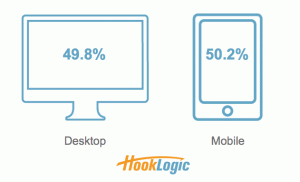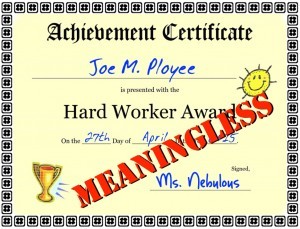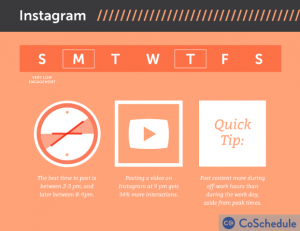In the first part of a two-part story, we look at the importance of visual story-telling in challenging times
“And now for a word from our sponsors…”
Who cares?
The audience is jaded. They have spent a lifetime seeing — and ignoring —ads. It’s just noise now. Go online, and things don’t get better. Banners. Pop-ups. Every social media platform is now driven by algorithms, which will float or sink the message.
Shlomi Ron is figuring out a way to get around this.
You Know It When You See
“Visual storytelling is a marketing strategy that leverages compelling narratives, placing the customer at the heart of the story, staged with an emotional visual media experience and effectively distributed across your buyer’s journey, in order to empower customer’s lives and drive business results.”
That is how Ron defines his specialty, which he shares by teaching university courses as well as consulting for major companies in his role as CEO of the Visual Storytelling Institute.
A simple reality underlies this approach: people comprehend images 60,000 times faster than words. And they are attracted to images.
Ron found this out by happenstance. “When I headed digital marketing at SiriusDecisions, I was involved in managing the digital strategy for SDSummit – the high-profile annual conference,” he recalled. SiriusDecisions is B2B research and advisory firm acquired by Forrester in 2018. “One of my rewarding experiences was to mount a giant 26’ x 13’ interactive social media LED display (92 LED tiles) that generated a 374% increase in conversation as attendees flocked around as if it was a ‘digital altar.’”
In the following years, Ron developed a framework and definitions to explain what might have seemed obvious, but was left unsaid. That became visual storytelling.
But within visual storytelling there are branches, Ron noticed, which he labelled as crisis storytelling, virtual storytelling, fake storytelling and crypto storytelling. Each branch has its own norms and approaches.
When a brand is in trouble
Ron defines crisis storytelling as the story “a brand creates to effectively manage brand perceptions during an unexpected problem that puts the stability of a company or organization at risk.” This came to mind as Ron sized up how brands were handling the COVID-19 pandemic, which resulted, of course, in states and nations shutting down commerce to contain the virus. Companies could not carry on with business as usual.
Brands had to find “ways to empathize with their audiences during uncertain times,” Ron noted. That means telling “meaningful stories that translate into acts, versus just sympathetic words.” he said. This is taking place against a backdrop of skepticism (see the Morning Consult study on “The State of Consumer Trust”).
Fumbling the crisis message only deepens the hole (watch “Every COVID-19 Commercial is Exactly the Same”). Brands try to put out a meaningful message, only to run afoul of each other by saying the same thing.
“On the flipside, a great example is what Panera Bread did with their ‘From One Neighbor To Another’ campaign,” Ron said. “They asked their delivery drivers to shoot short authentic stories about their day using their smartphones. It’s authentic, it’s real, not salesy, and it’s a great way to diversify storytellers.” (Watch examples here.)
Companies can’t predict when a crisis will hit, but they can plan on how to handle one.
There is a pre-crisis playbook which deals with “identifying people, process and tools,” Ron explained. The during-crisis playbook outlines “an adaptive communication strategy that both supports the brand narrative and focuses on empathetic stories, emphasizing actions vs. words”. And finally, the post-crisis playbook analyzes past storytelling performance, using conclusions to optimize the other two playbooks, Ron concluded.
Seeing (even virtually) is believing
Virtual Reality and Augmented Reality have been around for a while, for example as enhancements for online gaming. But a platform is a platform. If you can play in one, you can be sold to there too. Ron cited a study by Statista that estimates the AR/VR global market reaching $20.8 billion by 2023.
Ron noted that brands like Lowe’s offers onsite virtual skills-training clinics using HTC Vive virtual reality systems; the Weather Channel offering a mixed reality experience of upcoming storms. Other examples of brands leveraging these technologies are Sephora’s Virtual Artist App for experimenting with make-up, Ikea Place App (for furnishing), and Burberry’s multi-player game B Surf which elevates the summer collection.
Depending on the brand’s business goals and audience needs, brands need to explore virtual experiences. “[T]he success of the digital transformation we’ve all experienced in the past year will no doubt exponentially increase post-pandemic. The audience is already moving to all these virtual destinations,” he said.
The second part of this story will cover fake and crypto storytelling.
This story first appeared on MarTech Today.
(59)







